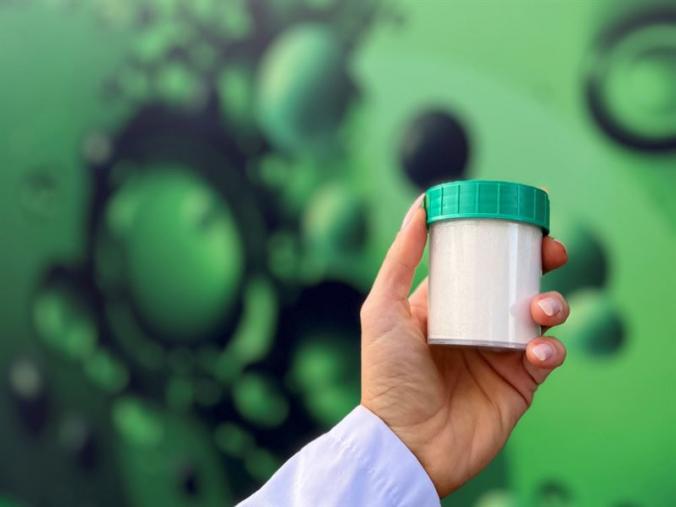Nanotechnology Makes Cleaning Contaminated Sites Quicker and Cheaper
New nanotech materials could be used to treat chemical-contaminated soils on the spot instead of transporting the soil elsewhere.
It is estimated that there are 2.5 million potentially contaminated sites across Europe. Of them, at least 350 000 require remediation. Managing contaminated land costs around 6.5 billion euros per year, and almost half of these funds come from public budgets. Traditional “remove and treat” remediation methods are effective at removing most forms of contamination, but are often far too costly, both in terms of financial and ecological impact.
New nanotech materials, particles, fibers and other novel, clean technologies which can be used for in-situ remediation of contamination are currently being developed around the world. Recent work at the University of Helsinki involving the use of hydrogen peroxide sparging techniques and nano-cellulose fibers have shown promising results for in-situ remediation of contaminated soils and ground water.
- These new methods and materials have the potential to make remediation efforts quicker, cheaper and more environmentally friendly. They may also be able to remove contaminants more effectively than traditional methods, describes Professor Martin Romantschuk from the University of Helsinki.
A new 5-year project called TANIA (TreAting contamination through NanoremedIAtion) promotes the use of novel remediation technologies that have been or are being developed at the University of Helsinki, and by researchers at the University of Lorraine and other collaborating institutions in Greece, Hungary and Italy.
- There are already three projects tackling various aspects of restoration of contaminated soil and water going on. These projects will contribute facts and methods to be disseminated to stakeholders in the TANIA project, Professor Romantschuk says.





![EMR_AMS-Asset-Monitor-banner_300x600_MW[62]OCT EMR_AMS-Asset-Monitor-banner_300x600_MW[62]OCT](/var/ezwebin_site/storage/images/media/images/emr_ams-asset-monitor-banner_300x600_mw-62-oct/79406-1-eng-GB/EMR_AMS-Asset-Monitor-banner_300x600_MW-62-OCT.png)



